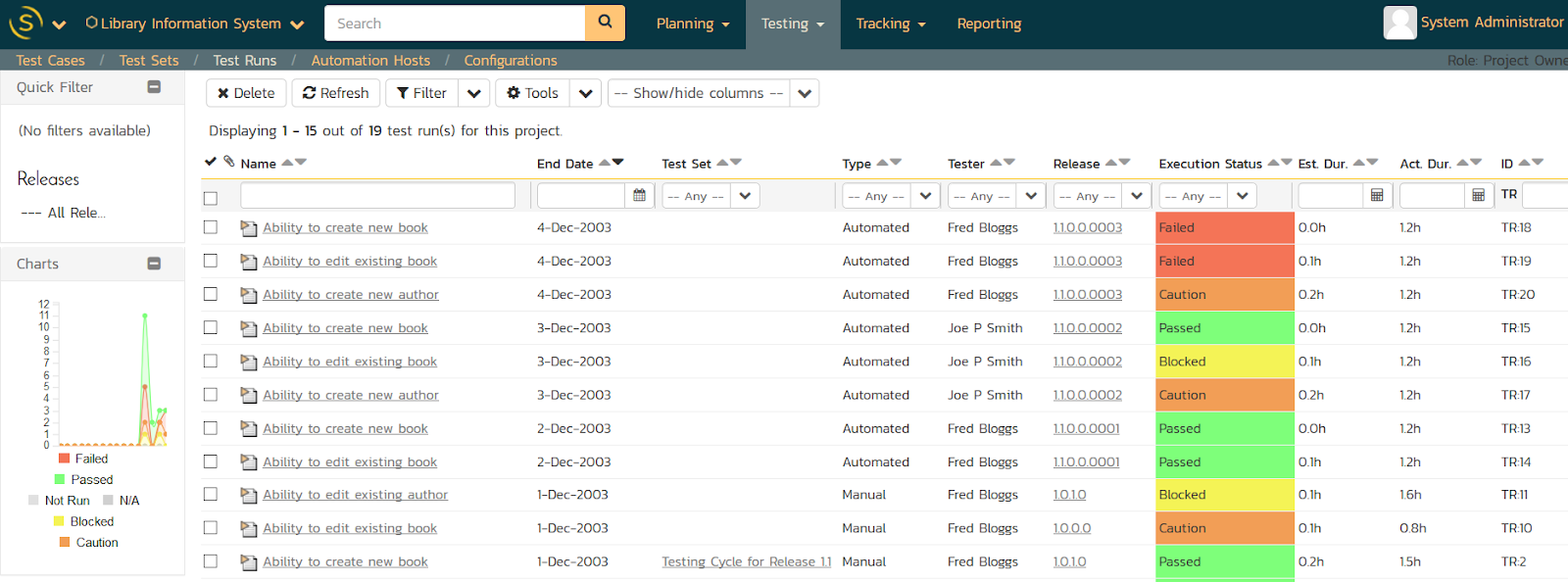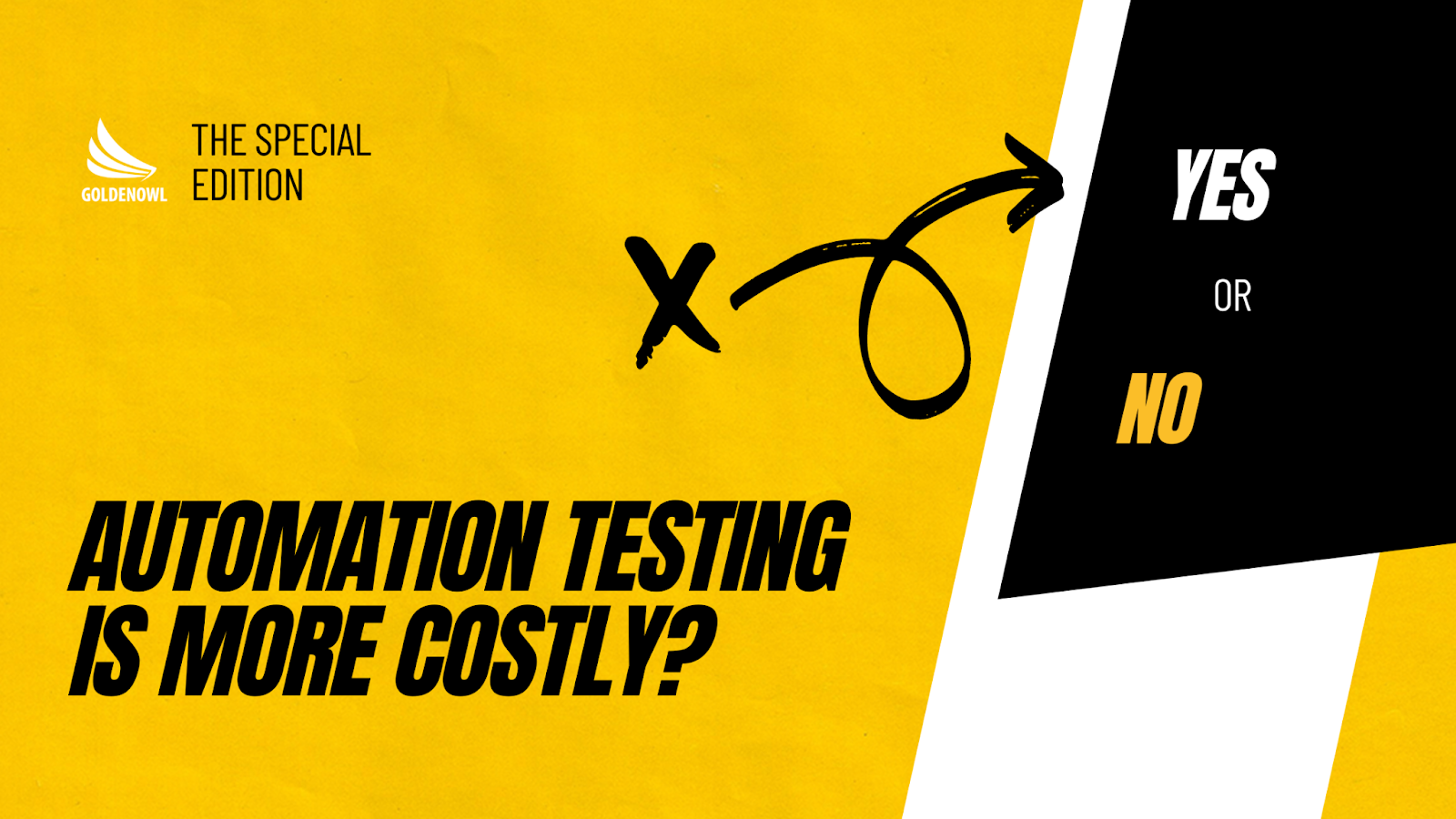Delve into the dynamic realm of software testing with our comprehensive crash course on manual and automation testing. Explore the theory versus reality, unravel the nuances of each testing approach, and empower your testing strategy.
Hi guys! Welcome to the crash course today on Manual & Automation Software Testing. Let’s grab the key points you need to know on the topic: concepts, the differences, pros and cons, myths, and the best practices: when to use which. After all, I don’t want to be your boring professor and you don’t need yet another surreal article anyways. So, if you are looking for a quick understanding, read the short theory version, and if you are looking for real insights and how it is done in reality, you can read the longer version, which might include stories.

Lesson 1 - What are manual & automation software testing? - The Concepts & Differences
In theory:
It’s a Quality Assurance process through software testing, especially used in Technical projects. When done by a human: It’s called manual testing, and when done by frameworks or tools: it’s called automation testing
In reality:
Web and app projects usually take a whole office floor of people coding for months, with tens of thousands of code lines. And debugging is actually a step that takes more brain power than writing the codes itself. After the web developers finish with a product, an essential next step is for a tester to imagine themselves in the end users’ shoes, testing all cases and scenarios, to make sure the user interface is seamless, and all purposes of the app or web can be achieved following a set of actions. Any bugs or defects will get detected and fixed asap before a final product is launched.
This process can be done manually: by a human, or through testing frameworks and tools which led to the term “Automated software testing”. However, even in automation testing, a human’s presence is needed to write testing scripts for the frameworks and manually checking all that a machine will miss, for example, User Interface and a few unique cases.

Lesson 2 - Pros and cons, thus, when to use Manual & Automation Software Testing
In theory:
Manual Software Testing is done by hand, so the tester has complete control, he does not need to use any tools and can detect visual flaws. It’s also a pretty quick and reasonable way to test the small changes in the system. While automation software testing is more suitable for big projects, any repetitive tasks will be automated and in reality, this saves a lot of working days for a normal tester.
In reality:
If you look at the cases where a tester has to go through in the process of mobile manual software testing, you will see at around 200 excel lines that contain the equivalent amount of scenarios that they have to test and report on. That is for a custom-made app of a startup company. When it comes to larger companies: whether it’s an MNC looking to build a management software or an e-commerce site with thousands of products categories, the workload becomes too much for a person to handle; And that’s why we need to invent automated tools and hand over the heavy and repetitive tasks to them.
Of course, humans are always the brain behind the machine, and we will need the master tester to be actually in charge of finding all cases to test and make sure all bugs, if any, will come to the surface.

Lesson 3 - The myths debunked
In theory:
Testers can’t always detect all of the bugs. Automation doesn’t mean more free time or more money spent and it is certainly not always “Better”. And also, automation does not inhibit human interaction.
In reality:
The above-mentioned statements about manual and automation software testing are both true and false. In order to use automation, you will need to spend days building the software testing scripts, which will cut months of actual manual software testing. This step will be redundant if you are just testing a small project, in which case, the manual is better. But still, you can recycle the software testing scripts to slightly modify and use for another project, which will, in turn, save even more time.
About the percentage of bugs discovered, testers will try their best to identify all bugs and fix them. But they cannot always detect all of them. There might still be some system holes where the hackers can sneak in and small bugs in extreme situations where only a few specific users can encounter. You see, even big corps like Facebook still have to issue their system updates with the descriptions containing the phrase “Bugs fixed”. So don’t be surprised if one day you find that there’s a crawling bug whose species are unidentifiable.
And lastly, the idea that the automation software testing benefits will cost too much while it’s inhibiting human touch. In reality, automation software testing means an enhanced process, which saves a lot of time and money, so it’s certainly a smart investment with lots! It’s also humane enough since it requires the human brain and is controlled by a human after all.
The bottom line: Manual & Automation Software Testing Crash Course
I hope by now you have gained a general understanding of the manual and automation software testing process. If you find this course interesting, give us a thumbs-up or share this blog with your colleagues and friends. And if you are looking for a team of expert testers for your digital project, contact us! We have the QA personnel that will take the lead and make the change!





















